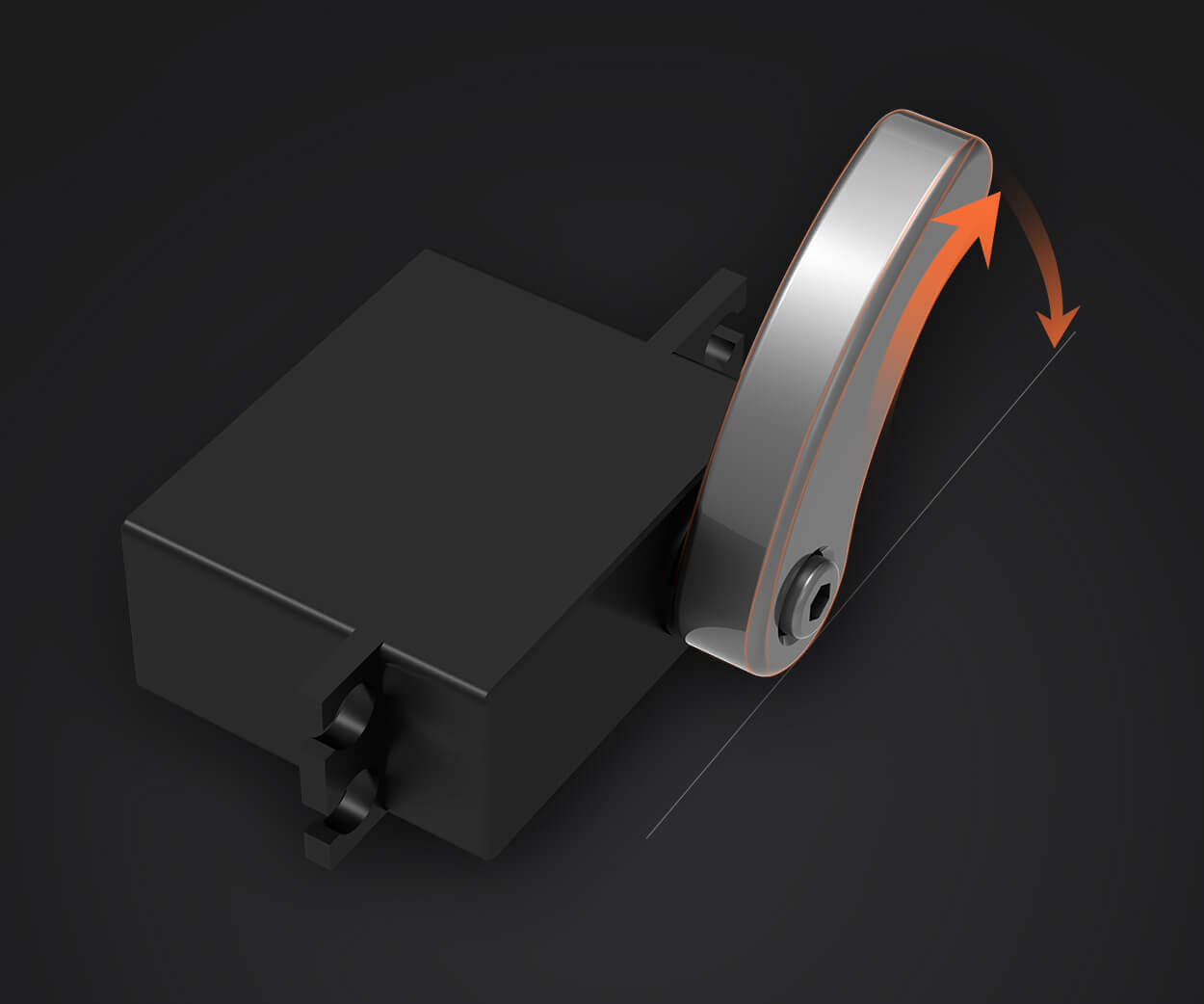Unveiling the Power Behind Precision: Understanding the DC Servo Motor Block Diagram
Imagine a world where robots flawlessly assemble cars, robotic arms delicately perform surgeries, and CNC machines produce intricate components—all guided by a hidden electrical marvel: the DC servo motor. These compact yet powerful devices are the backbone of modern automation, providing precise control over position, speed, and torque. But how exactly do they achieve such accuracy? To answer this, we need to delve into their fundamental design, and at the heart of that exploration lies the "DC servo motor block diagram."

The Essence of a DC Servo Motor
Before dissecting the diagram, let's briefly understand what sets a DC servo motor apart from standard DC motors. Unlike typical motors, servo variants include a feedback mechanism that continuously monitors and adjusts the motor's position or speed, ensuring high-precision operations. This closed-loop control system makes them invaluable in robotics, aerospace, manufacturing, and more.
The Core Components of a DC Servo System
At a glance, a DC servo motor system comprises several key elements:
The DC Motor: Converts electrical energy into mechanical motion. The Feedback Device: Usually an encoder or tachometer, providing real-time data. The Error Signal Generator: Compares desired and actual performance. The Control Circuit: Processes signals and commands. Power Supply: Provides necessary electrical energy.
Now, bringing these together visually, we notice a structured framework—our beloved block diagram—that neatly consolidates the functioning and internal connections within a DC servo system.
Decoding the Block Diagram: The Fundamental Layout
In essence, the block diagram offers a schematic that illustrates the flow of signals and the interaction between various parts. Let's explore each component step-by-step.
Command Input Block: This is the starting point where the desired position or speed is fed into the system. Think of it as the "goal setter." Whether it’s a specific degree of rotation or a precise RPM, this input guides the entire operation.
Reference Signal: Usually, a voltage or current that encodes the command input—serving as a target for the control system.
Summing or Error Computation Block: Here, the system compares the reference command with the measured feedback signal. If there's a discrepancy—say, the motor hasn't reached the target position—the error signal arises, indicating how much correction is needed.
Controller Block: Think of this as the brain of the system. It processes the error and determines the appropriate control action. Common controllers are proportional-integral-derivative (PID) controllers, which fine-tune responses for stability and responsiveness.
Amplifier or Power Drive Circuit: The control signal is often too weak to drive the motor directly, so it passes through an amplifier, boosting current and voltage to energize the motor.
DC Motor (Actuator): The core device that converts electrical signals into rotational motion. Its behavior is influenced by the input current and voltage.
Feedback Device (Encoder or Tachometer): Mounted on the motor shaft, this component measures actual position or speed, converting mechanical parameters into electrical signals—often voltage or pulses—that are fed back to the summing block.
Feedback Signal Path: The measured feedback signal closes the loop, returning to the comparator to continuously update the error correction.
Understanding the Control Loop
The beauty of the DC servo motor system lies in its closed-control loop. It continuously compares the actual output (via feedback) with the desired input, adjusting current accordingly to minimize error. This continuous adjustment guarantees the motor's movement is precise, stable, and responsive.
Distinguishing Features in the Block Diagram
Closed-Loop Feedback: Ensures dynamic correction. Error Signal: The driving force for adjustments. Controller Dynamics: Tuning the controller affects how quickly and accurately the motor responds. Power Stage: Provides the necessary energy without damaging the components.
Applying the Block Diagram in Real Life
Understanding this block diagram isn't just academic; it’s practically useful. When designing robotic joints, CNC machine axes, or missile control surfaces, engineers implement the principles distilled in these diagrams. Each element can be optimized—from choosing the right encoder resolution, designing effective controllers, to selecting a suitable power amplifier—ensuring the system performs reliably under various conditions.
The Importance of Feedback Devices
Feedback devices are critical; they act as the system’s eyes, providing real-time data about the motor’s actual state. Encoders, for example, can produce thousands of pulses per revolution, offering fine resolution. Tachometers, on the other hand, are often used to measure speed rather than position. The choice depends on the application's precision requirements.
Tuning the System
Proper operation hinges on tuning the controller parameters, especially in the PID controller. Too aggressive, and the system oscillates; too lenient, and it responds sluggishly. Engineers often perform trial-and-error, or use advanced algorithms, to optimize these parameters for stability and performance.
Challenges and Limitations
While the block diagram lays out an elegant control loop, real-world systems face challenges like friction, load variations, and electrical noise. These factors can introduce errors or oscillations, demanding further refinement, such as adding compensators or filters into the control loop.
Conclusion of Part 1
In this first installment, we've set the foundation by peeling back the layers of the DC servo motor block diagram—visualizing how command signals, feedback, and control elements interconnect to create a responsive, precise motion system. To appreciate the full picture, including how these parts interact under different operating conditions and applications, stay tuned for the next part, where we'll dive deeper into the practical implications, advanced configurations, and real-world examples of DC servo systems.
Leveraging innovations in modular drive technology, Kpower integrates high-performance motors, precision reducers, and multi-protocol control systems to provide efficient and customized smart drive system solutions.




































